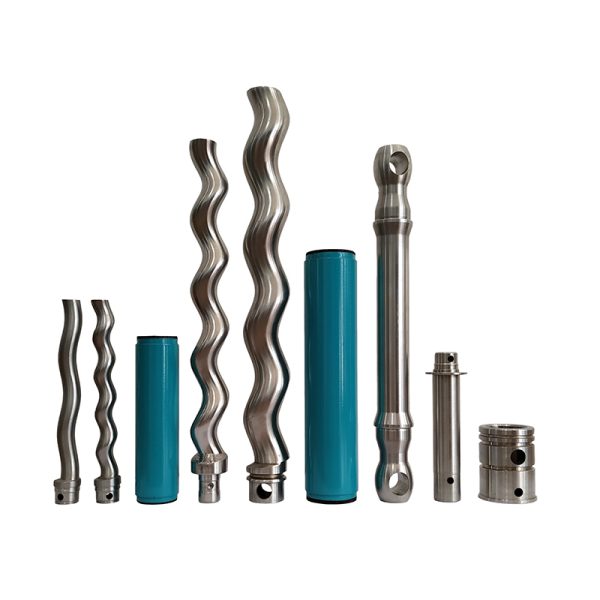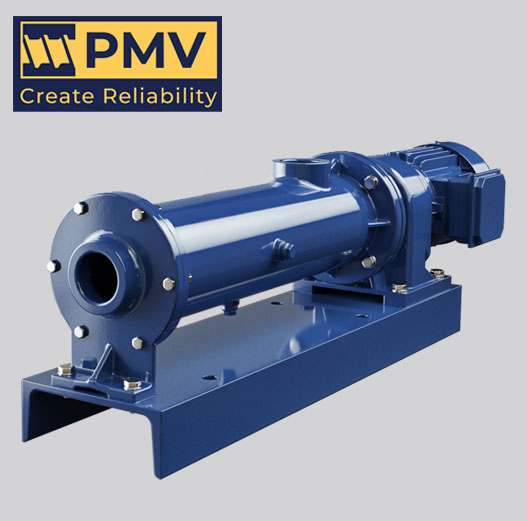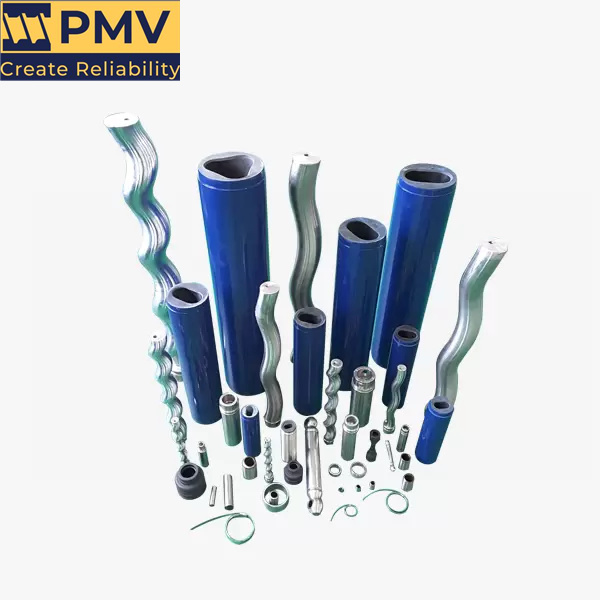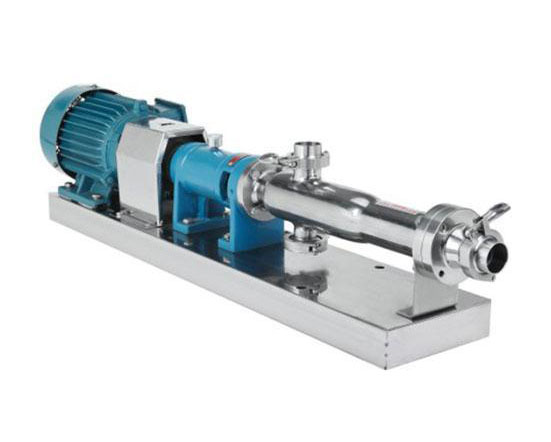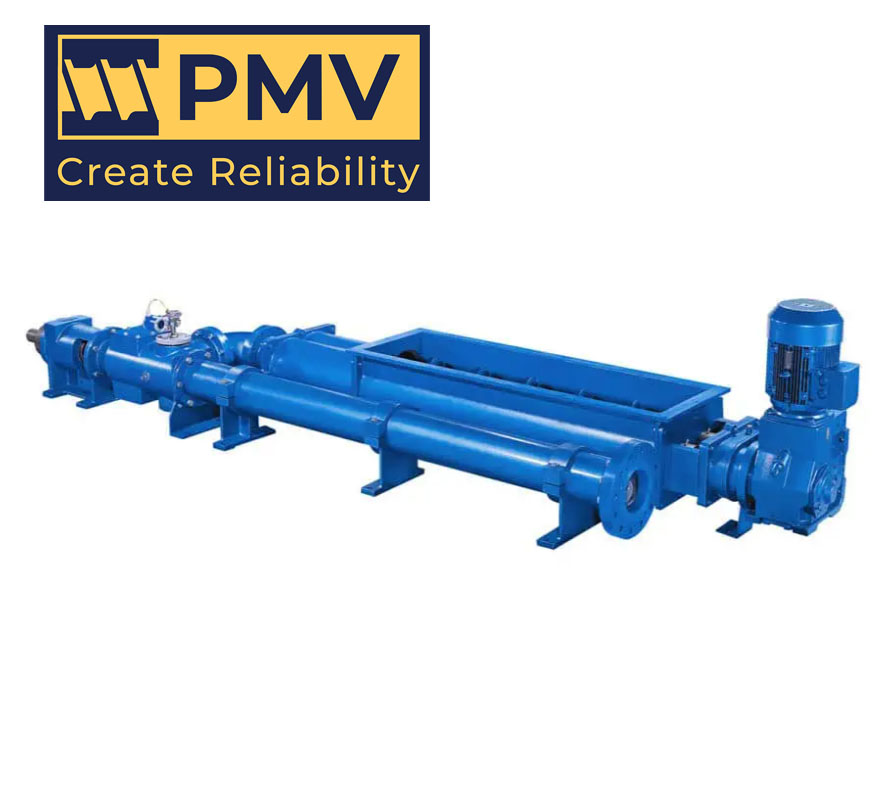screw pump working
Screw pumps are a type of positive displacement pump that employs one or more screws to move fluids. They are known for their ability to handle a wide range of viscosities and provide a smooth flow. Here’s a comprehensive overview of how screw pumps work:
1. Basic Components of a Screw Pump
-
- Screws:
-
- Typically consists of one or more helical screws (rotors) that rotate in a casing.
-
- Casing:
-
- The outer housing that contains the screws and directs the fluid flow.
-
- Inlet and Outlet Ports:
-
- Openings for fluid entry (inlet) and exit (outlet) from the pump.

2. Working Principle
A. Fluid Entry
-
- Inlet Suction:
-
- As the screws rotate, they create a vacuum at the inlet, drawing fluid into the pump.
B. Fluid Transport
-
- Screw Rotation:
-
- The rotating screws move the fluid along the length of the screws.
-
- Positive Displacement:
-
- The design ensures that the fluid is trapped between the screws and the casing, creating a continuous flow.
C. Fluid Displacement
-
- Flow Direction:
-
- As the screws turn, the fluid is pushed towards the outlet port, maintaining a steady flow rate.
-
- Pressure Generation:
-
- The continuous movement of the screws generates pressure, allowing the fluid to exit the pump.

3. Types of Screw Pumps
-
- Single-Screw Pumps:
-
- Features a single rotor and a stationary casing, often used for low-viscosity fluids.
-
- Twin-Screw Pumps:
-
- Comprises two intermeshing screws that enhance efficiency and are suitable for a wide range of viscosities.
-
- Triple-Screw Pumps:
-
- Incorporates three screws and provides high efficiency and pressure generation, typically used in high-performance applications.
4. Advantages of Screw Pumps
-
- Smooth Flow:
-
- Produces a continuous and smooth flow with minimal pulsation, making them ideal for sensitive applications.
-
- Versatility:
-
- Capable of handling various fluids, including viscous, abrasive, and shear-sensitive materials.
-
- Self-Priming:
-
- Many screw pumps can self-prime, eliminating the need for external priming systems.
-
- Low Maintenance:
-
- Fewer moving parts compared to other pump types, resulting in reduced maintenance requirements.

5. Applications of Screw Pumps
-
- Oil and Gas:
-
- Used for transporting crude oil and other petroleum products.
-
- Chemical Processing:
-
- Suitable for handling various chemicals and corrosive fluids.
-
- Food and Beverage:
-
- Employed for pumping food products, such as syrups and oils, without damaging them.
-
- Wastewater Treatment:
-
- Utilized for moving sludge and other viscous materials in treatment plants.


